Love at first sight
Some things in life just feel right, from the very first moment you lay your eyes on them. In my first impressions review, I implied that the GFX 50R was definitely not love at first sight. I was enamoured with the image quality and the rangefinder style, but had reservations about the size and quality of the interface components.
This past weekend, I had the opportunity to take the 50R on a trip to Bali, Indonesia. I’ll be creating a separate post in regards to that trip including images. This post however is specific to how the camera managed as a travel companion.
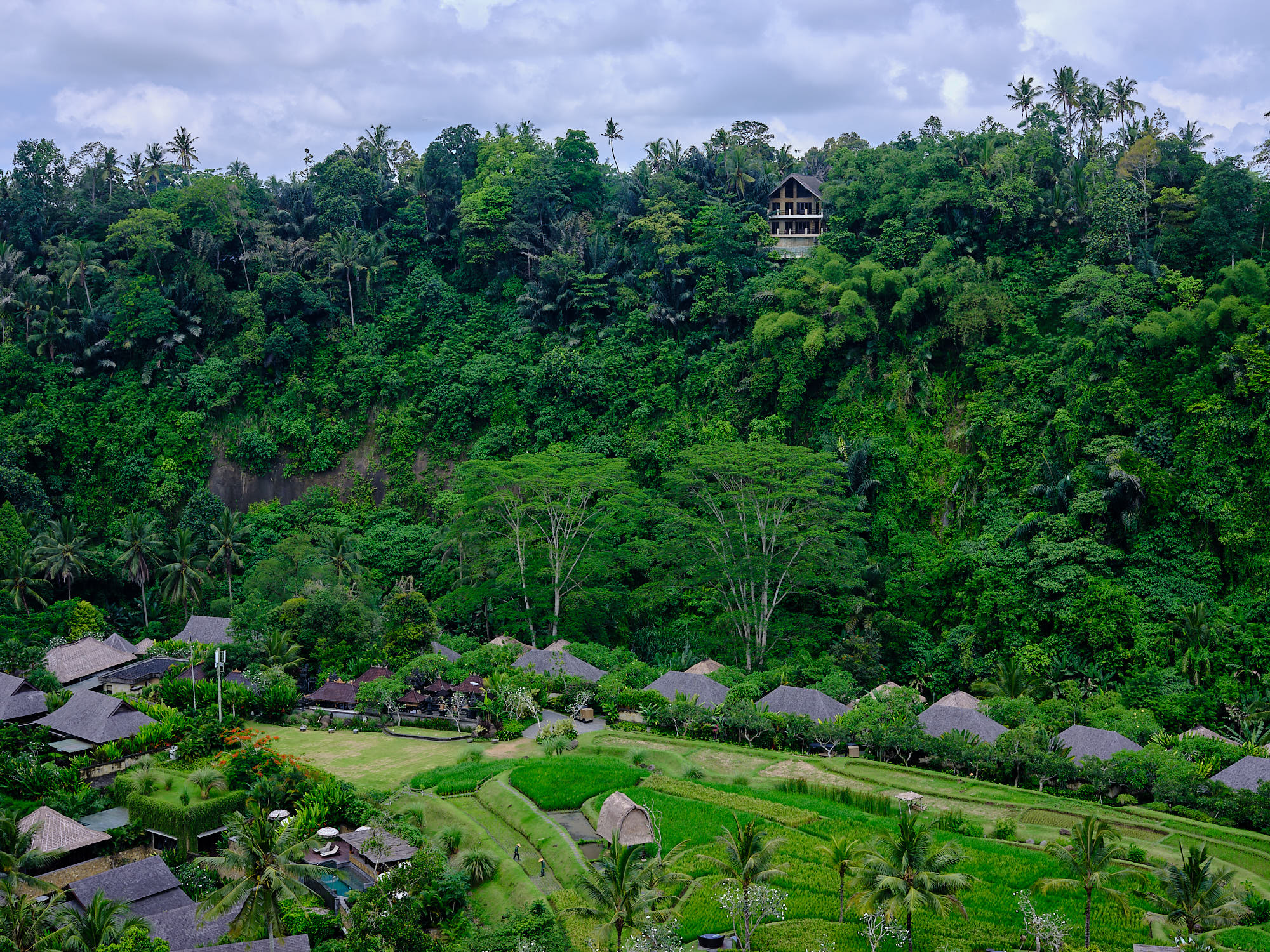
The journey to get here
My Fujifilm experience started with the X-T10, followed quickly by the X-Pro1. When I opened the box for the X-Pro1, it felt like that camera was made for me. It was everything I ever wanted, including great image quality, an organic look to the images, and a quality and consistency to the build that belied its price.
I fell in love with the X-Pro2, hard. It became my companion everywhere I went.
When the X-Pro2 came along, I waited six months to see if the upgrade would be worth it and was gifted the camera as a birthday present. I don’t know if it was because it was a birthday present or because the camera really was that good, but I fell in love with the X-Pro2, hard. It became my companion everywhere I went, from casual restaurant outings, to walking around the city, to taking it everywhere I travelled, without fail.
Getting the 50R to Bali
When deciding to buy the 50R, I expected the size and weight to be significant, such that the X-Pro2 would have a companion rather than being replaced by its younger brother. However, taking two full systems on trips, I think would become cumbersome and reduce the joy of travel photography. With this trip, I wanted to see how the 50R would cope with being the primary camera, with the X-Pro2 as a backup. I decided to bring the GF45 and GF63, while leaving the GF110 at home.
Packing the 50R went much better than expected. I was able to fit the 50R, GF45 and GF63 into a 5L Peak Design sling. I then put the sling in a carry-on luggage for extra protection. I also test-fitted the 50R in a Peak Design 20L Everyday Backpack, which of course was a non-issue. I wanted to bring along the X-Pro2 and three lenses; the XF16, XF23F2, and XF55-200, mostly to ensure coverage of focal length gaps in my GFX system, and also to have a portable camera for intimate environments (X-Pro2 and XF23F2 are perfect for this).

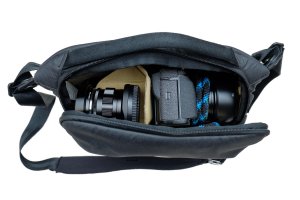
For those of you that like to have every lens and body available at all times while travelling, I can assure you that all of the gear listed above will fit in that particular backpack. It sure won’t be very comfortable with all that weight, but it fits just fine. You can place the two bodies in the middle compartment with lenses attached (the 50R+63 and X-Pro2+16). The GF45 and XF55-200 go in the lower compartment, along with the XF23 tucked in the middle in a lens cloth. The GF110, which I did not take to Bali, can easily fit in the top compartment.
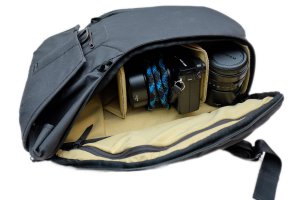
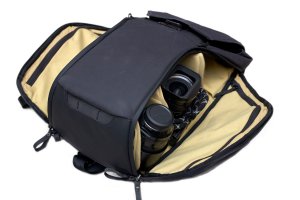
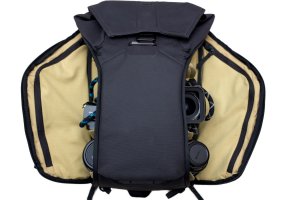
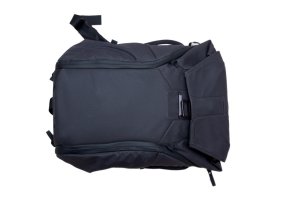
There’s a temptation to take as many lenses as possible while travelling, but on longer trips, this becomes a real drag, having to pack and unpack everything every few days when moving from city to city and hotel to hotel. We’re going to Sri Lanka in a few weeks and will be visiting several cities, and my goal is to limit the number of lenses to 2-3 for each body.
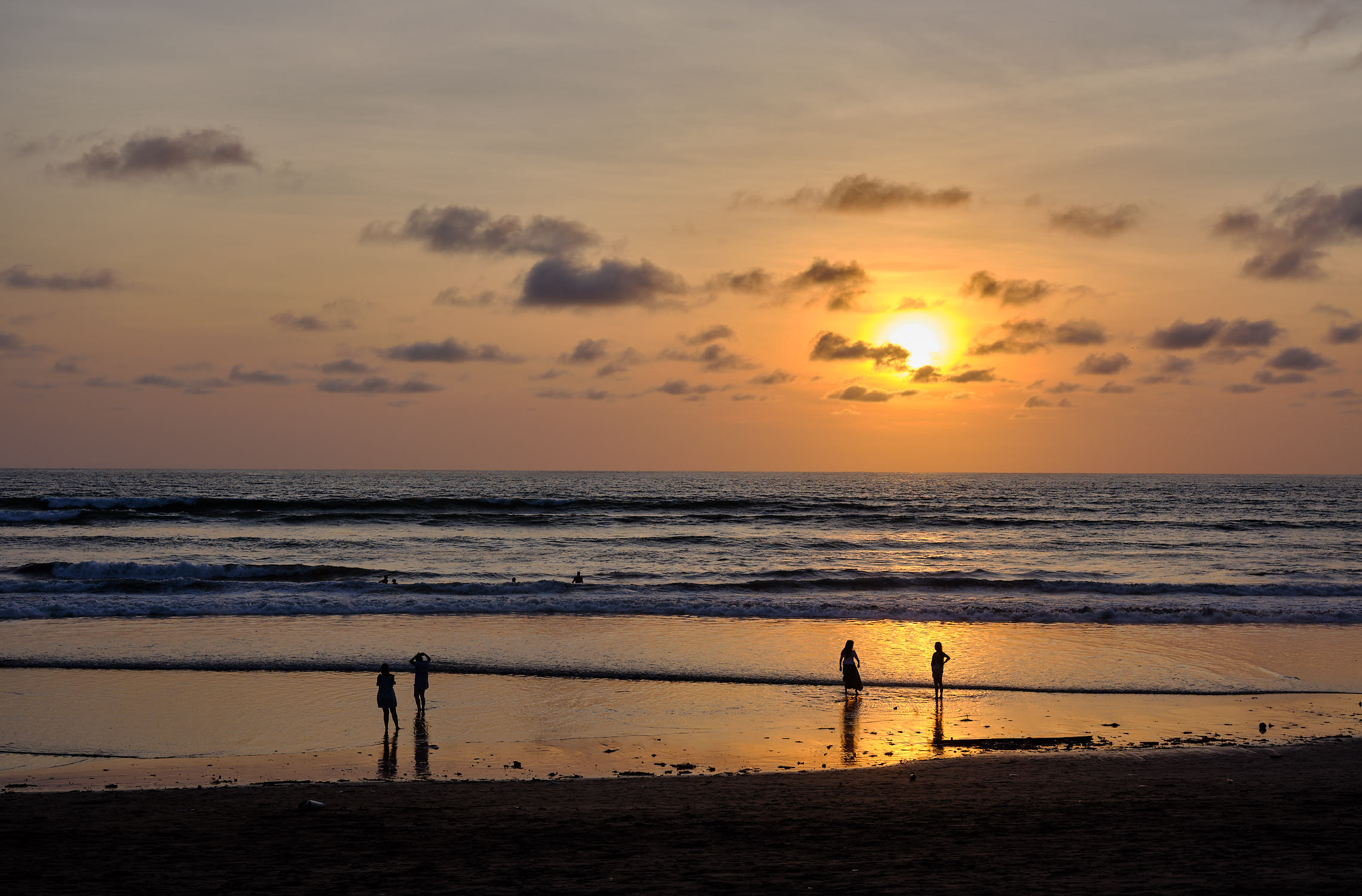
To help with the selection, I’ve created the table below for the lenses in my possession, including their weight and volume.
| Lens | System | Actual focal length | Max aperture | Weight | Volume |
|---|---|---|---|---|---|
| Summilux 35 FLE | M | 35 | 1.4 | 324 | 113,298 |
| XF35 | X | 35 | 2.0 | 170 | 130,061 |
| XF23 | X | 23 | 2.0 | 180 | 147,026 |
| Voigtlander 50 1.2 | M | 50 | 1.2 | 344 | 157,632 |
| Zeiss | M | 21 | 2.8 | 280 | 184,725 |
| Elmarit 90 | M | 90 | 2.8 | 395 | 190,088 |
| Samyang 12 | X | 12 | 2.0 | 260 | 258,050 |
| XF56 | X | 56 | 1.2 | 405 | 317,552 |
| XF16 | X | 16 | 1.4 | 375 | 331,161 |
| GF63 | G | 63 | 2.8 | 405 | 393,465 |
| Leica M10 | M | 660 | 433,680 | ||
| GF45 | G | 45 | 2.8 | 490 | 487,675 |
| Fuji X-Pro2 | X | 495 | 533,973 | ||
| XF55-200 | X | 200 | 3.5 | 580 | 535,302 |
| GF110 | G | 110 | 2.0 | 1010 | 912,016 |
| Fuji GFX 50R | G | 775 | 1,029,701 |
Using the 50R in Bali
What’s it like to use the 50R as a travel camera? In one word, “surprising”. There’s no way around the fact that it’s a big camera, but somehow it doesn’t appear to be a big camera when you point it at people, or when you bring it along for dinner with friends. I didn’t see any change in the reactions from friends with this camera versus the X-Pro2 or the Leica M10. Perhaps one or two friends commented at the size, but they didn’t seem intimidated when I was taking candid shots of them in various situations.
What’s it like to use the 50R as a travel camera? In one word, “surprising”.
The lens of choice for these moments in intimate environments is definitely the GF63, with its smaller overall size which includes the lens and hood combination. The GF45 is actually not that much longer, but the pedal style hood makes it much longer than the GF63+hood combination. I would say that the GF63 was used for the majority of time while walking around.
It was very hot in Bali, ranging from 29C to 34C with 98% humidity. I seemed to find a good weight to focal length flexibility balance by carrying the 5L sling with the 50R and GF63 attached, the GF45 in the lower section of one side, and the Voigtlander 50MM F1.2 Nokton on the top shelf with a Kipon adapter.
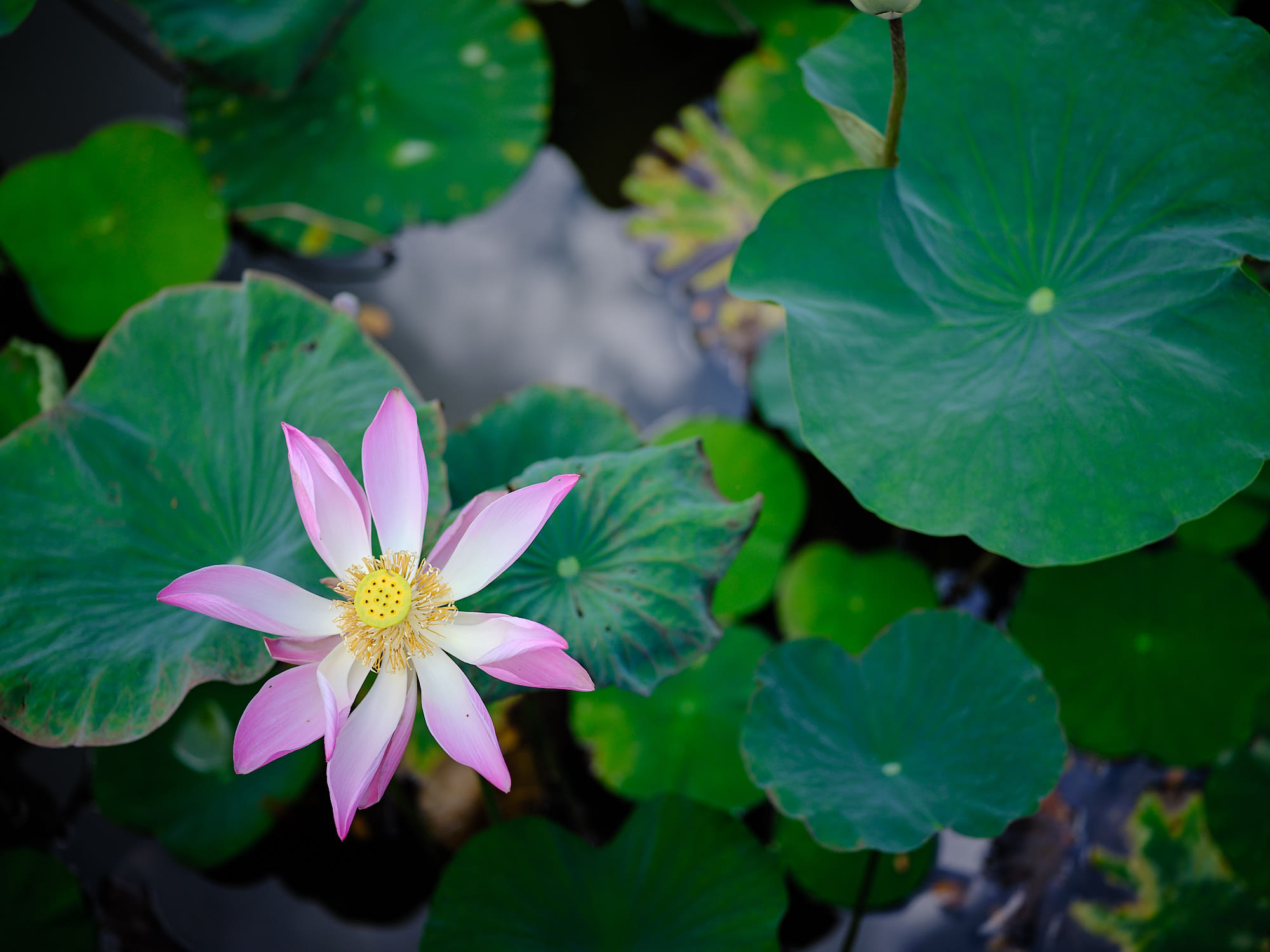
Adapted lenses changes everything
While the 50R and GF63 made a great combination, something magical happened when the Voigtlander 50MM 1.2 VM was adapted to the 50R; the 50R became a true travel companion, and one that can realistically become a one camera solution for travelling. Instead of reaching for the X-Pro2 and XF23, I grabbed the 50R and VM 50MM 1.2 combination.
The light gathering meant that images in near darkness were possible, with luscious creamy bokeh and extreme shallow depth of field available for subject isolation. My favourite people images from the trip were taken with this combination. The excellent EVF makes manually focusing, even at F1.2, a breeze. I found myself using this combination whenever going to intimate environments or when the sun had gone down.
With that experience, I’m working on another post where I’ll check and report back on the sensor coverage of a number of Leica mount lenses.

Infatuation rarely lasts, true love comes with time
The 50R is growing on me, and the images coming out of the camera are oftentimes startling but sometimes also frustrating. The images invoke awe with incredible sharpness, detail, corner to corner consistency, and beautiful colour reproduction. It’s always a fun exercise to go from full width to 1:1 pixel level view just to see the level of resolution this camera is capable of.
The 50R is growing on me, and the images coming out of the camera are oftentimes startling but sometimes also frustrating.
That doesn’t tell the whole story however. All photographers constantly balance shutter speed, aperture, and ISO, but on this camera, getting the right balance takes on even more importance. The native lenses for the most part open up to only F2.8 which means you need slower shutter speeds and/or higher ISO as compared to other systems with wider aperture lenses.
There were several occasions in Bali where I was surprised to see the camera had hit the 12,800 ISO limit I had set, and started to dial down the shutter speeds to unexpectedly slow levels. Those images often ended up with obvious motion blur; this is especially frustrating when you know the camera is capable of extraordinary resolution. To get around this, I sometimes underexposed the image to keep the shutter speeds up, and then added in selective exposure in post processing in Capture One Pro.
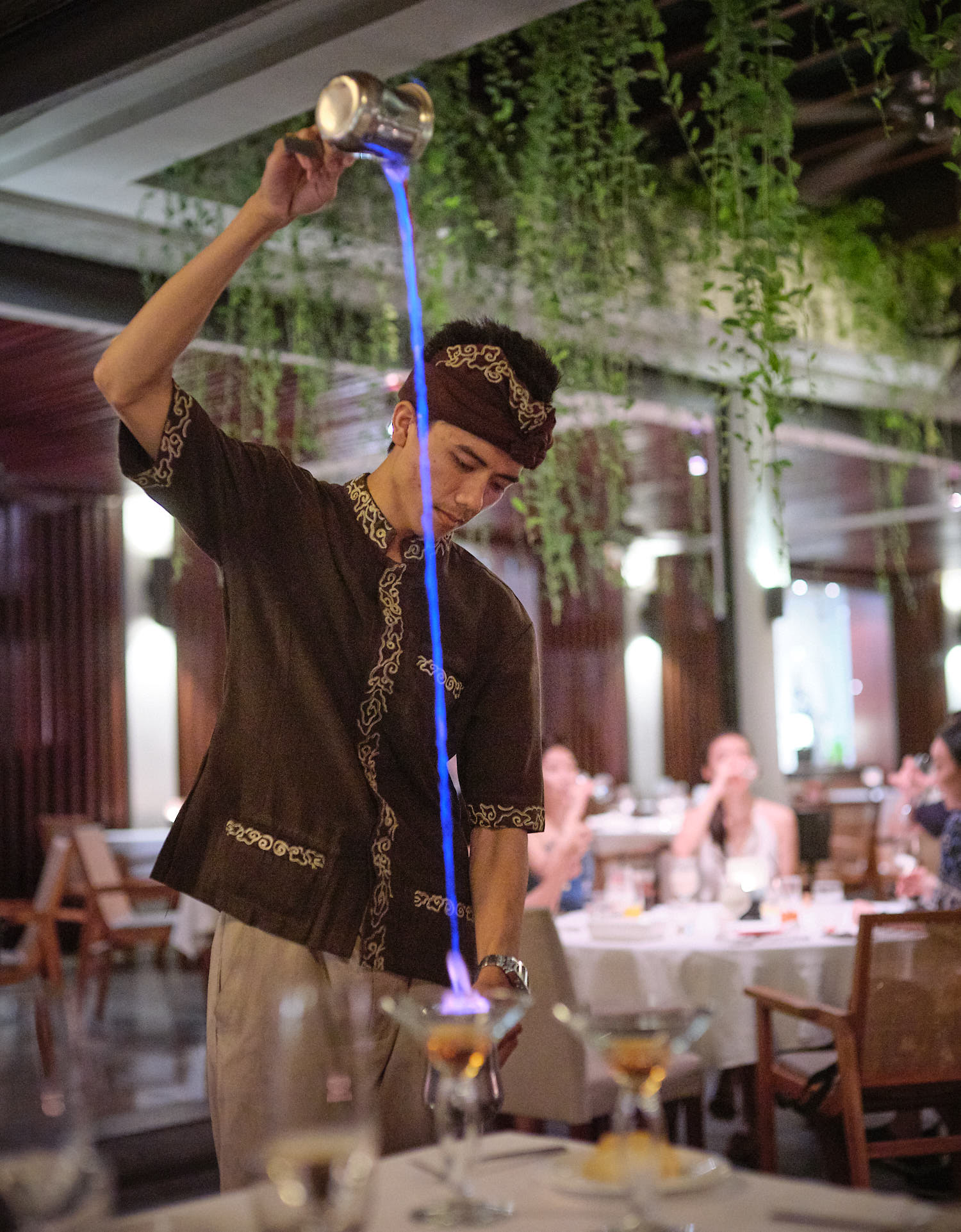
It pays large dividends to pay close attention to shutter speeds on this camera. Rather than rely on Auto-ISO, I’m going to treat this camera more like the M10 and dial in settings myself until I get more accustomed to how it operates in the auto modes. For now, I’m going to use 2X35MM FL and maybe even 3X depending on the situation.
I’ll also pay more attention to how the camera is metering. I was able to get better results in darker conditions by underexposing, raising shutter speed, closing the aperture to get more depth of field, and then lifting exposure on some parts of the image in post processing. This obviously doesn’t make for great out-of-the-camera JPEGs, but for those rare situations when you need it, it’s good to know this will work.
Throughout the post, I’ve included some images taken during the trip, and tried to include a variety of high and low ISO images taken in typical situations while travelling.

Conclusion
All in all, I’m very impressed with the 50R as a travel camera. It’s surprisingly good in this role and seemed to relish being taken everywhere.
Things that are really enjoyable:
- The light weight which makes this camera easy to carry around with two lenses
- Battery life is excellent; I never had to use the second battery
- The shutter is very discrete when the EFCS is on; it sounds so sexy and smooth, and barely makes any noise
- Image quality and colour reproduction are astounding for something you can fit into a small sling bag
- High resolution while being portable makes for a dream travel combination in the medium format category
- The camera becomes something completely different and completely engaging when mated to adapted lenses, using the excellent EVF and focus aids
- You can definitely get tack sharp images hand-held without having to “spray and pray”, but you need to keep an eye on shutter speeds and use 2X35MM FL to improve your odds
Things that can be improved:
- I’m still not happy with the buttons; your best bet is to use fingernails to ensure they’ve been pressed
- The slowish lenses mean slow shutter speeds and high ISO once the sun goes down; keep an eye on the Auto-ISO as it will reduce shutter speeds slower than the set minimum once it hits max ISO
- The battery compartment flap flexes on my camera and I dislike how the latch closes; to close the latch, your finger or thumb has to press on the same spot where the latch moves, which feels awkward. Surfaces where you have to press should be flat and sturdy with no moving parts. The SD card door in comparison has a similar latch mechanism, but the door does not flex which allows you to press on the flat parts to latch it closed
- The stunning image quality when you get everything right will make you want to carry a tripod everywhere you go
I hope the above will help you in your decision on whether to make the move into a 50R. Let me know what you think by adding a comment below or feel free to ask any questions you may have. I’d love to hear from you.
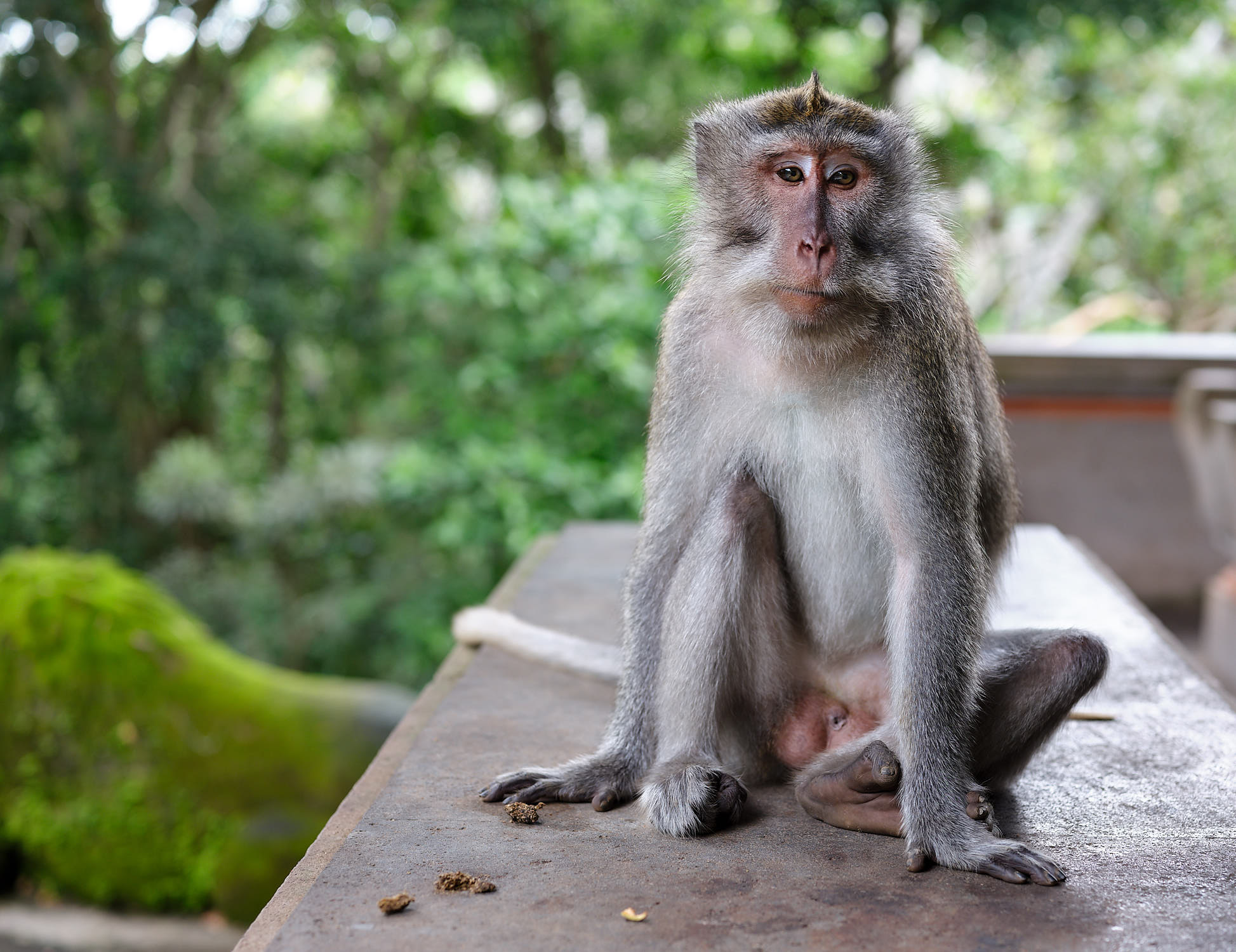
Discover more from fcracer - Travel & Photography
Subscribe to get the latest posts sent to your email.
I’d love to see some other images at a lower iso done with the Voigtlander. Have any to share?
Hi Chris, thanks for your note. Here are a few:
Taken with the GFX:
https://fcracer.com/wp-content/uploads/GFXR5448-JPEG-blog.jpg
https://fcracer.com/wp-content/uploads/GFXR5436-JPEG-blog-1.jpg
https://fcracer.com/wp-content/uploads/GFXR5443-JPEG-blog.jpg
https://fcracer.com/wp-content/uploads/GFXR5457-JPEG-blog.jpg
https://fcracer.com/wp-content/uploads/GFXR1753-JPEG-blog.jpg
https://fcracer.com/wp-content/uploads/GFXR1758-JPEG-blog.jpg
https://fcracer.com/wp-content/uploads/GFXR1756-JPEG-blog.jpg
https://fcracer.com/wp-content/uploads/GFXR0817-JPEG-blog-GFX.jpg
Taken with the M10:
https://fcracer.com/wp-content/uploads/LM108299-JPEG-blog.jpg
https://fcracer.com/wp-content/uploads/LM108301-JPEG-blog.jpg
https://fcracer.com/wp-content/uploads/LM108307-JPEG-blog.jpg
https://fcracer.com/wp-content/uploads/LM108317-JPEG-blog.jpg
https://fcracer.com/wp-content/uploads/LM108338-JPEG-blog.jpg
great response to my query. Now how about the GFX 50R vs 100???
Paul Segal
I haven’t personally tried the GFX100 yet and probably won’t put much effort into trying one because it’s a camera that isn’t aimed at my usage. It’s for professional use in a studio, outdoors taking breathtaking landscapes, or for environmental portraits where IBIS will surely come in handy. If you make money from photography, then the GFX100 would make a great investment; I can only imagine the clients’ faces lighting up knowing their product, house, or model will be captured in 100 glorious, stabilized, medium format megapixels.
The camera I’m waiting for is the GFX65R or something like that. Take the 50R, slim it down slightly, enlarge the back LCD screen, add a few MP to the EVF, add an ISO dial, update the sensor to BSI and a bit more resolution (to help the marketing department), and layer on the XProcessor 4 and we’re set. If they can squeeze in IBIS, that’s a bonus, but more importantly, I want the better phase detect AF that would come with the modern BSI sensor and improved processor.
very much enjoy your insight and reference material Could you comment on the 50R vs 50S? As you can foretell I am still conflicted as to whch to purchase
Hi Paul, Fujifilm is smart in building the different body types. I’ve found that people are either SLR-style or rangefinder-style people. The 50S however does have some distinct advantages, with the tilting EVF option being the greatest differentiator.
I personally am a rangefinder-style person with the X-Pro2, M10 and now the 50R. I also need my camera to be aesthetically pleasing and I hate to say it, but the hump on the back of the 50S is rather unattractive to me! It has no effect on the operations of the camera, but it’s just not a camera I’d want hanging on me while travelling around the world. The 50R on the other hand looks much better to me.
Hope the above helps, but I think it’s a very personal choice. In my case, I got the camera that looks and feels good, and it happens to be cheaper too.
Yes, a agree and so just purchased the 50R. Also will be interested in the next upgrade to this camera but suspect it will be some time, the 50S is first up for the change, don’t you think? Anyway , with the 63mm f2.8 I am out loading my cards
Hey!
I own a Voigt. nokton 40mm 1.2 I’d be super interested in some more Pictures of your 50 1.2! That’ll be soooo awesome cause theres not much elsewhere on the web.
Best
Christopher
Hi Christopher, are you looking for images of the 50MM F1.2 on the GFX or on the M10? Also, what kind of images are you interested in, landscape, bokeh or something else? Let me know and I’ll do my best to take some images.
yes! i’d be thankful for any stuff shot with the nokton… especially portraits wide open… or anything more open than ~ f5.6 :). i talked to a 50r owner and he said any lens adapted would not catch up with the gf lenses. big thanks.
Hi Christopher, I’ll send you some images to your email address. They are of family members so I don’t feel comfortable to post them online. I agree with your friend that it will be hard for adapted lenses to match the native GFX lenses; Fujinon is an incredible lens designer and manufacturer.
*on the gfx
Hi, thanks for posting this (Fracer).
I’m pondering the purchase of a GFX50R and Nokton VM 40mm f/1.2, has one of you ever tried the combo? If yes, how does it work?
Thanks in advance!
Matteo
Hi Christopher, thanks for writing in. I haven’t tried the 40MM 1.2 myself, but I did see lots of test images online that showed it has onion ring bokeh. When buying an F1.2 lens, bokeh quality becomes important so I decided to get the 50MM 1.2 which has beautifully smooth bokeh. The 50MM 1.2 works well on the GFX with obvious vignetting up close and some mild cropping required when focused at infinity.
I’m not sure how I ended up here but I’m so glad I did. Nice straight forward honest review without any fluff. Nice touch with the info grid as well. On the down side (or up side depending on how you look at it) I’m left wanting/needing this 50R. Oh what to do.
Cheers
Hi Roland, I’m glad you found your way here, and I hope you find the articles interesting enough that you’ll come back often. The good news about wanting/needing a 50R is that if you decide to proceed with the purchase, I’m confident you won’t regret the decision. Everybody that has read this article and bought one has reached out to me after saying they are totally satisfied with the purchase. The only real downside is that you won’t want to use any other camera after you try this one out.
Thank you for the link! I also apologize, because after reading the blog again, I see you mentioned the Kipon adapter and I missed it the first time around. Probably because I got so excited about the Voigtlander lens, of which I did purchase and should receive tomorrow…. really excited. I had to purchase a fotodiox adapter for now, because I couldn’t get the Kipon in time….hopefully the fotodiox works. I’ll keep you posted on the Voigtlander. I also saw this: Sirui carbon fibre tripod, on your other post and if it helps you at all, send me a link and I’ll purchase the tripod from your link. Thanks again for the great blog posts! They are extremely helpful and enjoyable….Cheers!
Hi Scott, you’re going to love the Voigtlander! It has so much character and its build quality is sublime.
Thanks for asking for the links to the tripod, that’s very kind of you. I’ve now taken this tripod around the world, used it in oceans, salt water, rivers, in the snow, and in the rain and and sand and had no issues. My other half’s 2x more expensive Gitzo on the other hand has had the ball head jam to the point that it was unusable. The tripod I use is the Sirui T2205X (https://amzn.to/2ILWAk0) and the K30X head (https://amzn.to/2Xuk0xM). The head is a bit overkill for mirrorless, but I like the stability. You could probably go for the K20 and be fine if you want something a little smaller (https://amzn.to/2VuhsxB).
Thanks again for asking for the link! I appreciate it!
What an excellent blog post! Thanks for taking the time and effort to do this…..the pics are amazing! What adapter did you use for adapting the M lens to the GFX 50r? I’m thinking about getting that voigtlander lens!
Hi Scott, thanks for the kind words, I appreciate you taking the time to write in! For the adapter, I’m using a Kipon M to GFX (this one: https://amzn.to/2Xr7oHB). It works well with the various Leica lenses I own. The Voigtlander 50MM 1.2 is a magical lens, and well worth the purchase. In fact, I’d say it’s a bargain, and I wouldn’t be surprised if Voigtlander increases the price in the future. If you get one, let me know how it turns out.
Thank you so much for sharing your information. This blog is very helpful and inspiring.
Thank you Marnix! I appreciate the positive feedback! I hope you like the next series coming up from Myanmar.
Thanks for getting back to me! I think two different scenes would be informative, a landscape with f8 full frame equivalent, i.e., f5.6 for APS-C, and f? for GFX (sorry, I don’t know the conversion factor), and a shot with a strong foreground subject and slightly out-of-focus background, like your fabulous monkey photo above. For the latter, I‘m thinking of f2.8 or f4 full frame equivalent. What do you think? Would this make sense?
Nice article and very enjoyable blog. Thanks for all the work abd the fantastic pictures! Any chance you might compare the X-pro2 with 23f2, the M10 with 35f1.4, and the 50R with 45f2.8 at some point? I‘d be most interested how these three systems, i.e., APS-C, full frame and medium format fare against each other in realistic, non-lab conditions in the hands of an experienced travel photographer.
Hi there, thanks for writing in and for suggesting the 35MM equivalent comparison. I’ll be happy to do one. What scenes would you like compared? Close ups and landscape? What apertures interest you? Please let me know and I’ll run the test.
Nice review ! Did you have to crop image when using voigtlander 50mm 1.2 or coverage is good ? You feel a big difference with native fuji lens sharpness ?
Hi Fred, if you’re using F1.2, you can use the whole image since the edges will be so blurred in luscious creamy bokeh that you won’t notice the colour aberrations on the edges and the vignetting.
If however you want to use the lens at F8 for a landscape, I would recommend cropping the image. I’m working on a post where I’ll show images with adapted lenses so that you’ll be able to judge what you can tolerate in regards to image quality and aberrations.